For any water flosser or oral irrigator brand targeting global markets, user control and flow reliability are non-negotiable. Yet in many customer complaints and field test reports, a recurring problem appears: button unresponsiveness occurring alongside flow inconsistency. While these may seem like separate issues at first, deeper technical diagnostics reveal a shared root cause—and an actionable solution. In this article, we’ll explore how these two defects are interlinked, what causes them, and how manufacturers can eliminate them through engineering and quality process refinement.
In real-world usage scenarios, the following symptoms often appear together:
This combination not only disrupts usability but also undermines the product’s perceived quality—especially when users expect precise control in premium models.
An unresponsive button is rarely caused by the button itself alone. Instead, it often results from:
Once the control input is delayed or dropped entirely, the result is user frustration and control failure—sometimes perceived as a dead unit. Company web: https://www.powsmart.com/product/electric-toothbrush/
Flow inconsistency refers to irregular or unstable water output—sometimes weak, sometimes forceful, and occasionally stopped entirely. This may stem from:
What’s key here is: when the button signal is unstable, it can trigger improper motor activation or pump timing—directly leading to unpredictable water flow.
The connection between button unresponsiveness and flow inconsistency lies in a disrupted signal-power-control chain:
So what starts as a control input failure rapidly degrades system reliability—making both the interface and the output erratic.
To eliminate both defects, OEMs must engineer across multiple layers:
At the production level, adding button cycle testing and flow uniformity simulation into QA protocols helps catch issues before shipment.
Rather than just fixing the issue, manufacturers can convert it into a product differentiator:
In markets where user comfort, elderly usability, and hygiene precision are top priorities, reliable control and stable flow aren’t luxuries—they’re expectations.
Engineers may perceive button unresponsiveness and flow inconsistency as isolated issues, but in reality, these interconnected failure modes demand a systemic engineering approach. For B2B manufacturers, solving these defects doesn’t just improve product performance—it directly improves brand perception, user trust, and client retention. Engineers can fully resolve these “small” issues through rigorous testing, signal control design, and smart firmware refinement—and even use them as proof of next-level product maturity..Contact us
.jpg)
.jpg)
Allergic Reactions After Pulp Irritation – Coincidence?

Bleeding Gums, Don’t Worry: Understanding Water Flossing Benefits

How to Choose the Best Water Flosser for Your Dental Needs?

Maintenance tips for electric toothbrushes

Adventure-Ready Electric Toothbrushes: Outdoor Toothbrush OEM Features for Outdoor Enthusiasts
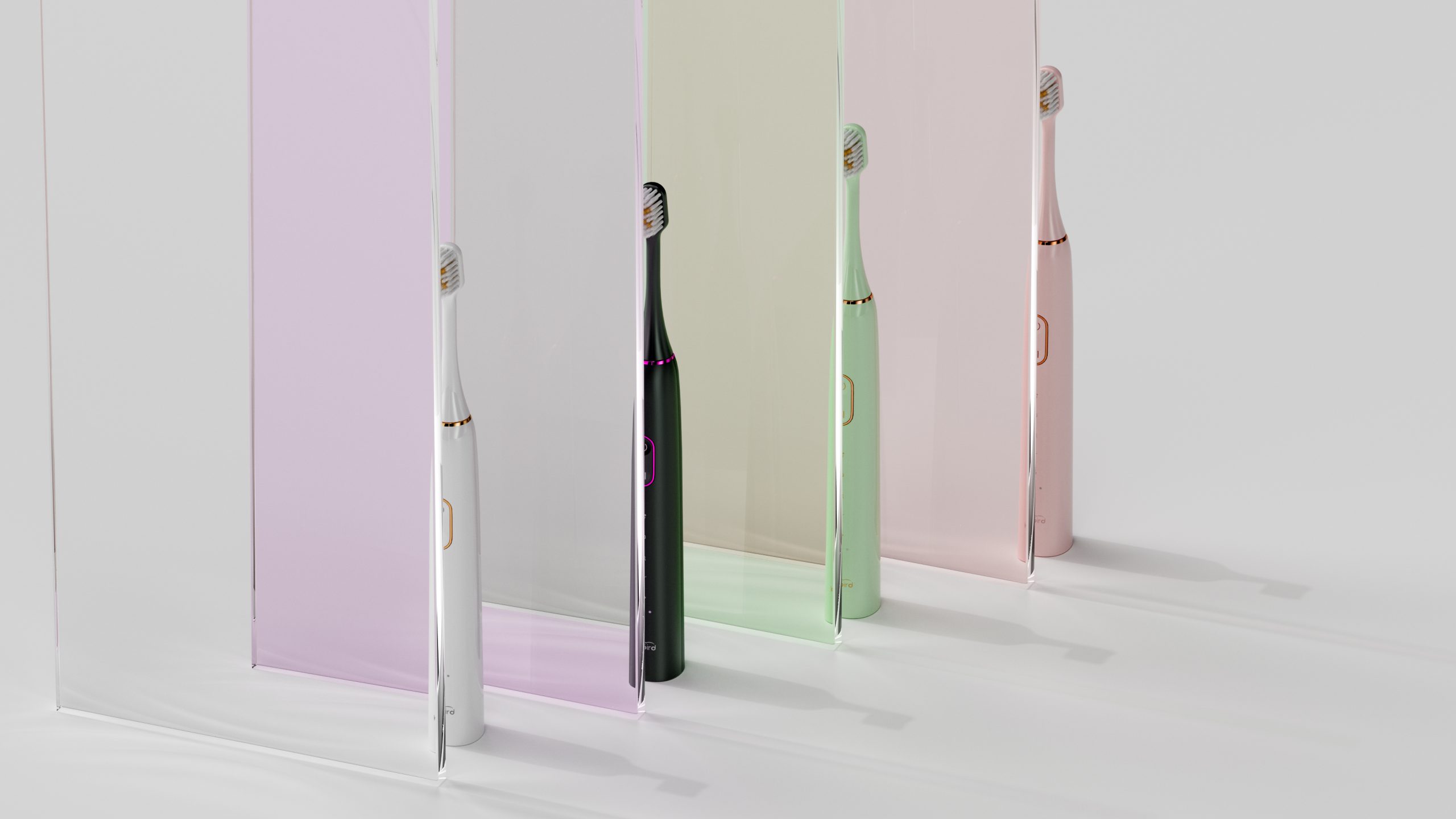
How Can Oral Care Product Brands Improve Customer Trust Through Content Marketing?

Does Magnetic Levitation Toothbrush Experience Brush Shedding?
Why Does Charging Failure Coincide with Tank Odor? Hidden Links Unveiled
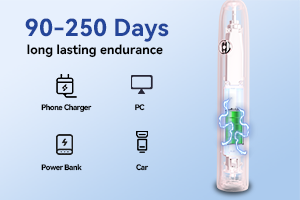
How to Choose the Type of Charging Method for Electric Toothbrushes?
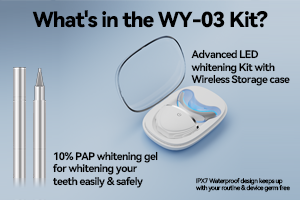
How does Soda Affect Your Teeth?
Hose Rupture and Gum Discomfort – Related?
.jpg)
Waterproof Travel Electric Toothbrush for Texas Ranchers
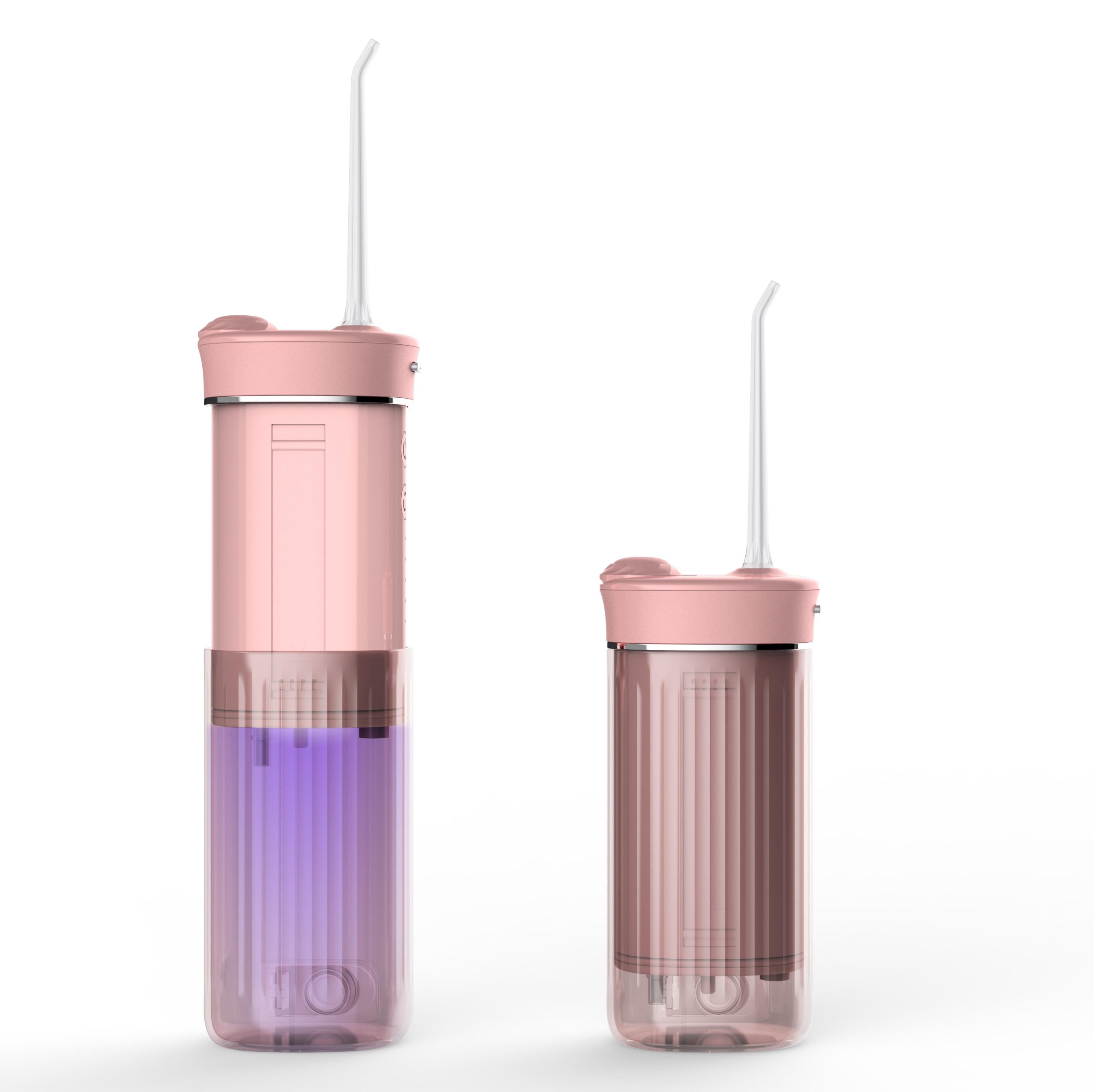
How to Use a Water Flosser Effectively: A Guide for Beginners
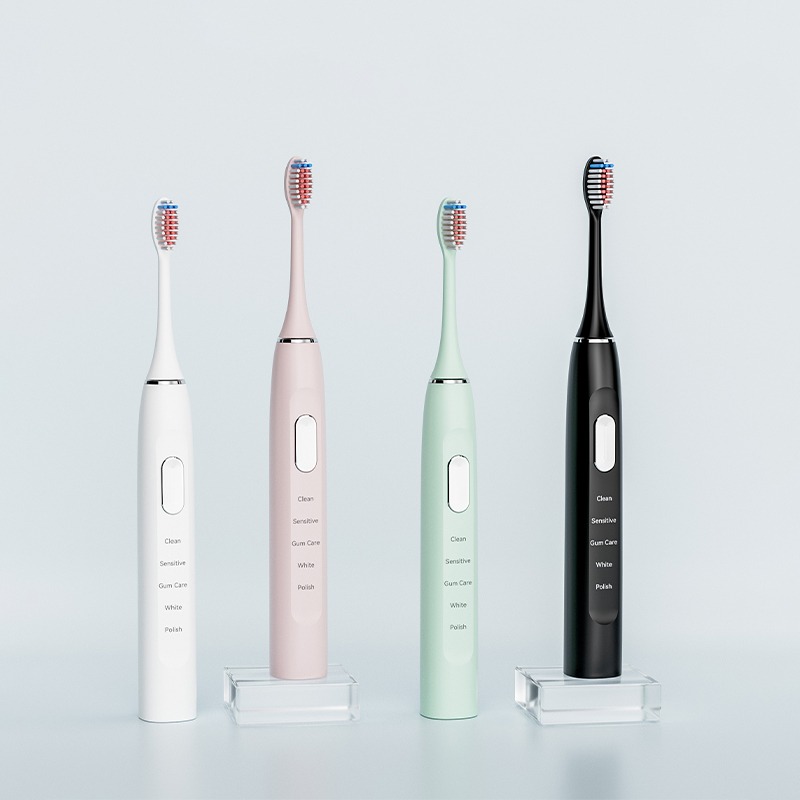
Minimalistic Design Style Electric Toothbrush Manufacturers
California Water Flosser: Advanced Factory Solutions
.jpg)
Texas Electric Toothbrush – Powsmart PTR-C8 Long Battery

Private Label Whitening Gel
.jpg)
Florida Electric Toothbrush – Powsmart PTR-C8

electric toothbrush heads Regular Clean

electric toothbrush heads Charcoal Infuse-Round

electric toothbrush heads Ultra Soft

Customization Teeth Whitening Gel

electric toothbrush heads Deep Clean

Electric toothbrush heads Charcoal Infused-Diamond
whstapp
whstapp
National Toll-Free Service Hotline
+86 755 86238638